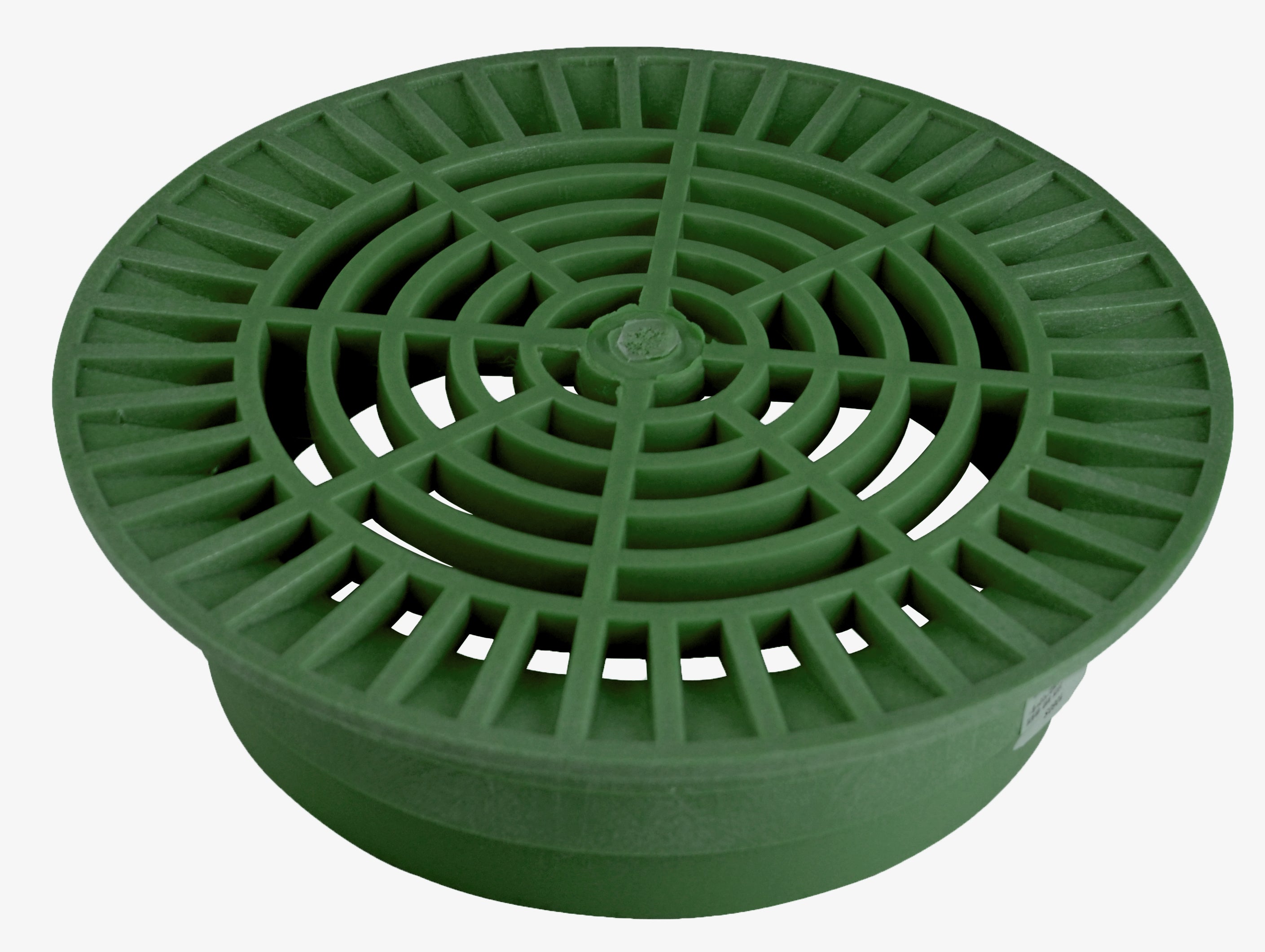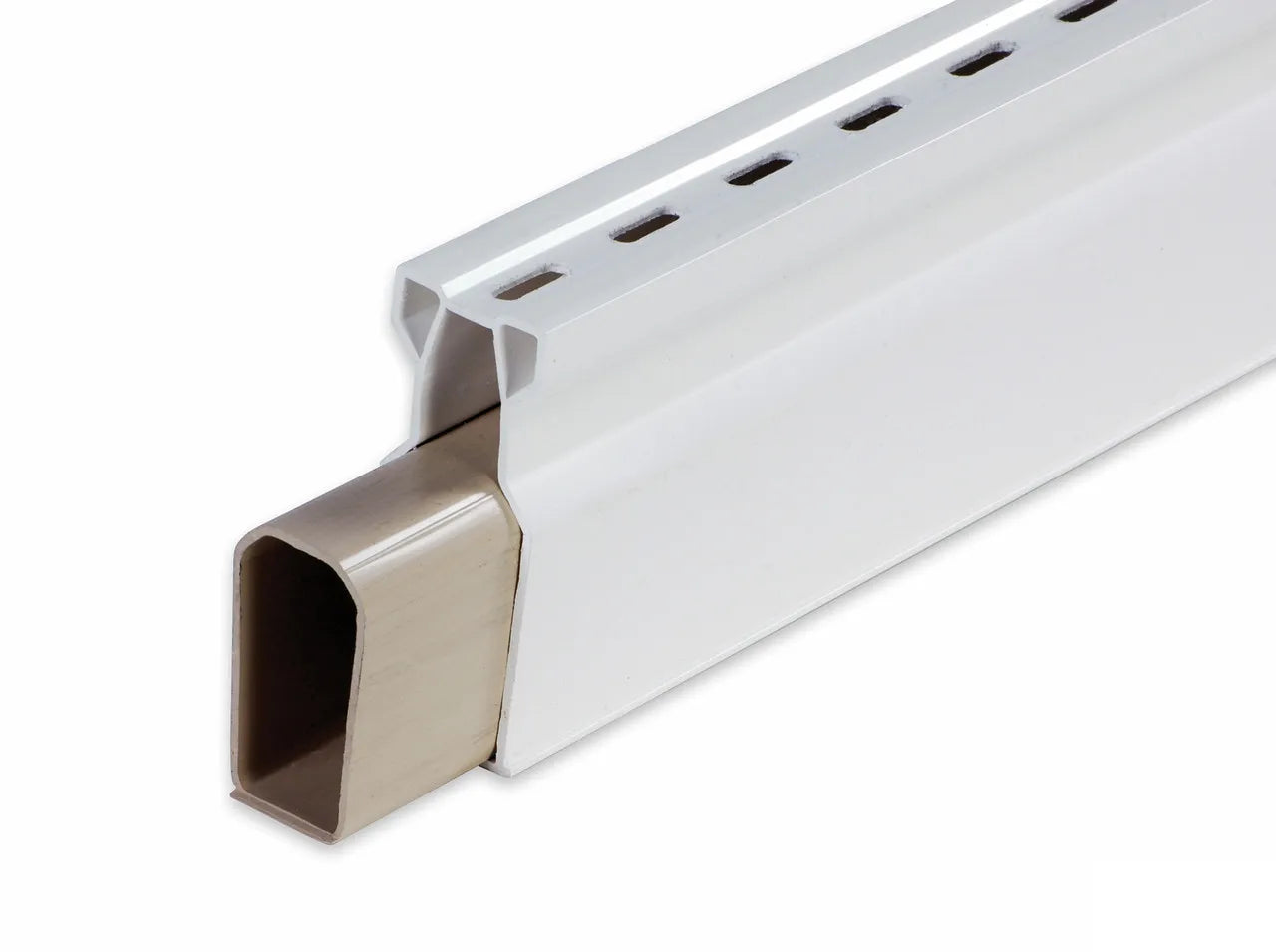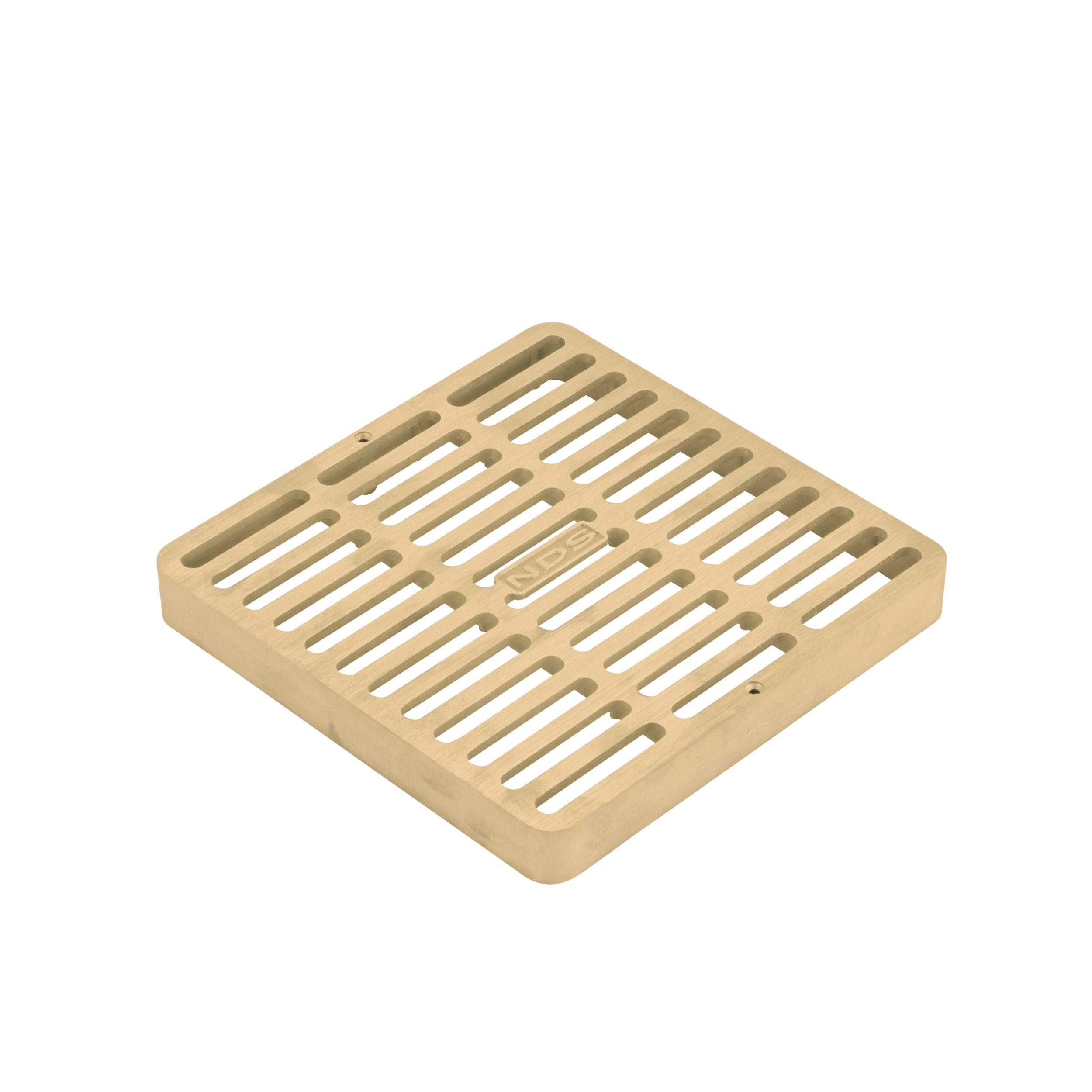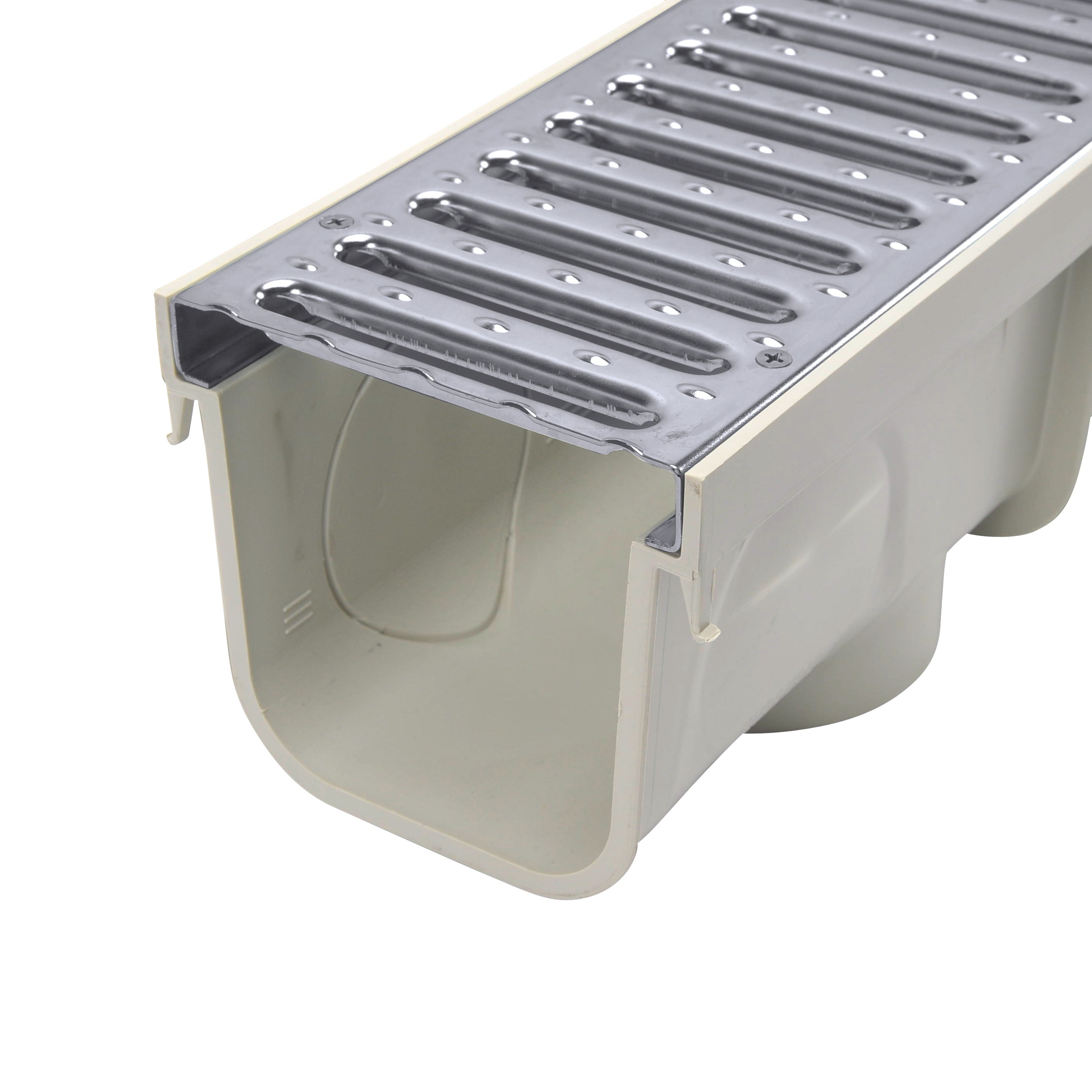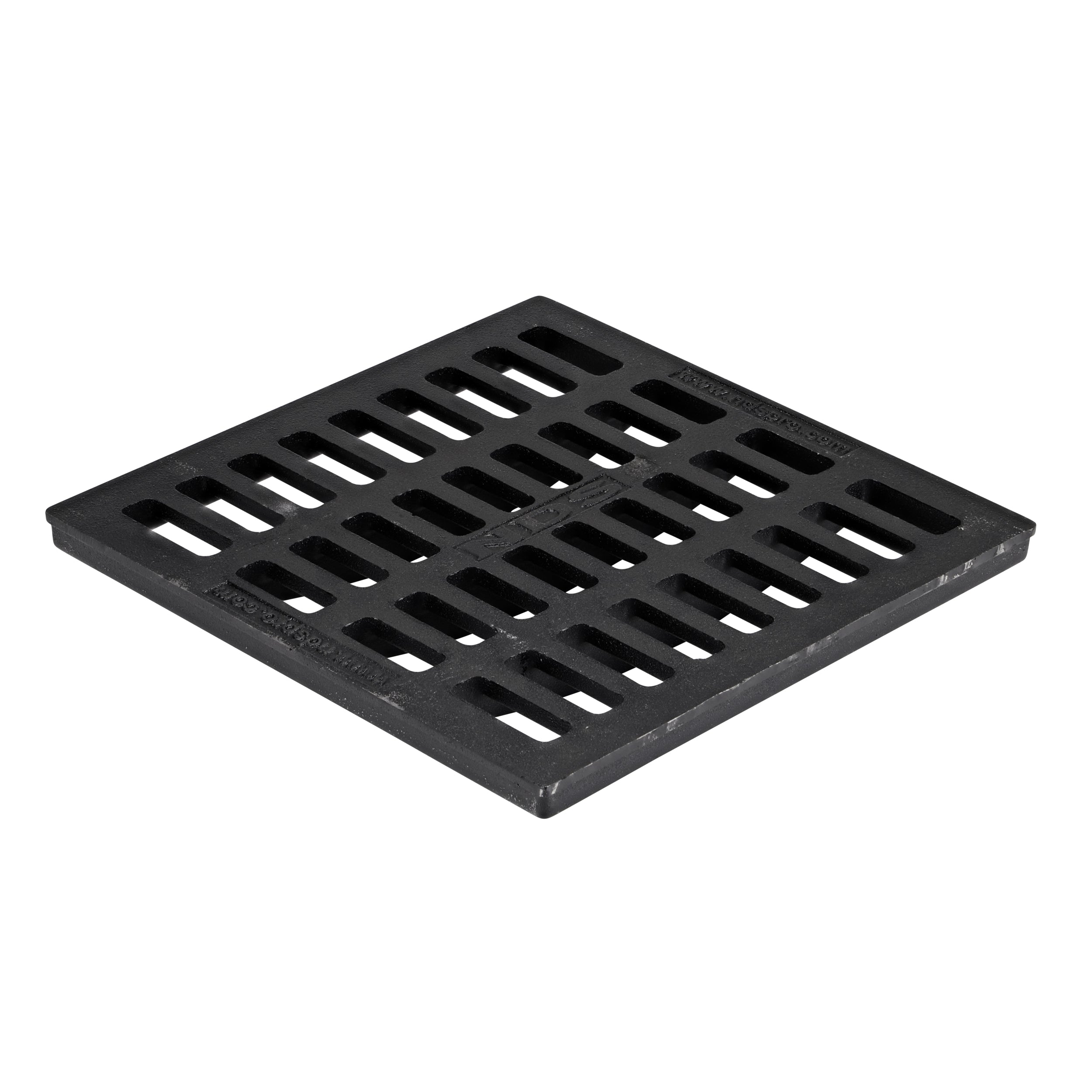Menu
Your cart is empty
Looks like you haven't added anything to your cart yet

Catch Basins vs. Pop-Up Emitters: Which Is Right for Your Yard?
At one point or another, most homeowners face drainage challenges, impacting everything from their lawn’s health to their home’s foundation. Choosing between a catch basin vs. pop up emitter is integral to preventing flooding, erosion, and long-term structural damage.
Both catch basins and pop-up emitters play important roles in stormwater management, but their functions and ideal applications differ. Throughout this guide, we’ll cover how each system works, highlight the unique pros and cons, and help you determine which system is best suited for your property.
What Is a Catch Basin?
A catch basin is a grated, underground box crafted to collect surface water and redirect it through a network of underground pipes. These boxes are typically made from durable materials such as polyethylene or concrete and are often installed in low spots in yards, near downspouts, or in driveways where water tends to pool.
Inside, a sediment trap captures debris — like leaves, mulch, and dirt — preventing it from clogging downstream pipes. This makes catch basins an excellent choice for water runoff control and flood prevention in areas with significant rainfall or uneven terrain.
Best Use Cases
Catch basins are particularly effective for:
- Collecting large volumes of surface runoff
- Managing water in heavy-use areas like driveways or patios
- Reducing erosion around the home’s foundation
Because they tie into underground piping, installation requires careful grading, and, potentially, professional excavation. However, their durability and ability to handle heavy water loads make catch basins a reliable long-term investment for residential drainage systems.
What Is a Pop-Up Emitter?
A pop-up emitter is an outlet that releases collected water from underground drainage pipes. The emitter’s lid stays closed until pressure from water buildup pushes it open, allowing water to disperse evenly across the lawn and then close automatically when the flow stops.
Emitters are usually used at the end of a downspout extension, French drain, or sump pump line, where water needs to be discharged safely away from the house. Pop-up emitters are discreet, affordable, and effective at reducing surface pooling without requiring complex infrastructure.
Best Use Cases
Pop-up emitters work best for:
- Directing water away from a home’s foundation
- Allowing runoff to soak naturally into the soil, aiding groundwater recharge
- Providing a low-maintenance endpoint for DIY drainage installation
Because they operate through simple hydraulic pressure, they’re easy to install, cost-effective, and compatible with a wide range of yard drainage solutions.
Key Differences Between Catch Basins and Pop-Up Emitters
While both systems aim to manage stormwater and protect your property, the biggest distinctions between catch basins and pop-up emitters come down to function, installation, maintenance, and cost.
Catch basins are designed to collect and filter surface water, trapping debris before it can enter underground pipes. In contrast, pop-up emitters release collected water at a safe distance from the home, allowing it to disperse evenly over the lawn. A catch basin is typically installed at low points in the yard or driveways where water naturally gathers, while a pop-up emitter sits at the outlet of a drainage pipe, discharging water where it can safely soak into the soil.
Maintenance also differs — catch basins require regular cleaning to remove sediment and leaves, whereas pop-up emitters need only occasional inspection to ensure the lid opens freely. Cost-wise, catch basins are often more expensive because they involve excavation and pipe connections, while pop-up emitters are lower-cost options favored by DIY installers. And in terms of capacity, catch basins can handle larger volumes of water, whereas pop-up emitters perform best in smaller or moderate flow scenarios.
When to Choose a Catch Basin
You can confidently choose a catch basin when:
- Your yard has frequent pooling or heavy rainfall
- You want to filter out debris and prevent clogs downstream
- You need to connect multiple drain lines into a single discharge system
Catch basins are common in both residential and commercial drainage systems, offering strong protection against soil erosion and foundation damage. Homeowners in regions with intense storms or clay-heavy soil often find catch basins to be a smart investment.
When to Choose a Pop-Up Emitter
Pop-up emitters are perfect for when:
- You need a simple solution to move water away from your home
- You want to integrate a French drain or sump pump discharge
- You prefer an eco-friendly drainage option that promotes sustainable water management
Emitters are great for backyard water control, especially in areas with gentle slopes where water can disperse naturally. They’re often the go-to option for DIYers due to their straightforward installation and minimal maintenance needs.
Can You Use Both Together?
Absolutely! A catch basin can collect surface runoff and channel it through underground pipes that discharge via a pop-up emitter. This combined setup creates a comprehensive home water management system that:
- Prevents flooding in low areas
- Keeps pipes clear of debris
- Redirects water to safe discharge zones
By pairing both systems, you maximize efficiency and safeguard your property from seasonal storms. Many landscape designers and civil engineers recommend this combination for medium to large properties where water flow varies across elevations.
Final Thoughts
Ultimately, the right drainage solution is dependent on your property’s layout, soil type, and typical rainfall levels. However, many homeowners find that their ideal system combines both solutions for a complete, low-maintenance stormwater management strategy that protects landscapes while prioritizing sustainability.
For additional drainage insights, visit the Maxx Drains Blog for more product breakdowns, installation guides, and professional water management tips.
- Choosing a selection results in a full page refresh.


